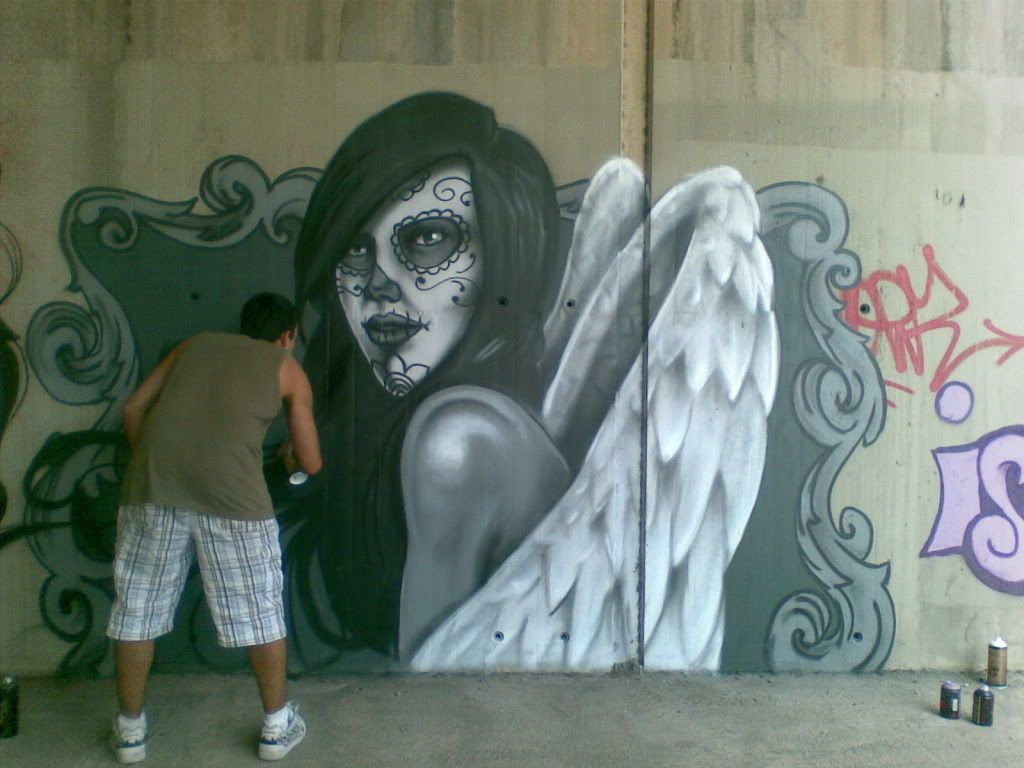Graffiti is “not for normal everyday people, its for the certain set of people....You’re not doing it for other people on the street. You’re doing it for yourself and you’re doing it for others, because unless you’re a writer, at the end of the day, you can’t even begin to appreciate or understand it” (Macdonald, 157).
There is a sense of exclusivity that naturally comes with graffiti. To be a graffiti writer is to be one of the "elite", a person that is privileged enough to appreciate both the aesthetic and literary qualities of graffiti. In a sense, this exclusivity juxtaposes (from a writer's perspective) "us" against "them". It creates a sort of tension.
"A Chicano kid grows up with walls of many kinds around him. When somebody is born into that situation there are several things he can do. He can ignore the walls, and sink into apathy. Or he can become violent and try to blow up the walls. But there is a third way. And that is to perform a kind of ritual magic to neutralize the force of the walls by decorating them with signs, symbols and art....graffiti is their way of saying 'I am', 'We are.' (Cessareti)
This tension can then foster a sense of community. Graffiti writers identify space as a commodity. By "bombing", they aggressively reclaim space that was taken by corporate America. When taken into the context of cultural preservation, looking specifically at the Chicano movement of East Los Angeles, graffiti is used to create a sense of community, a sense of belonging. By incorporating images iconic of the Chicano culture, graffiti writers are superimposing their own cultural identities, the Chicano identity, onto physical space. With the construction of highways that intersect barrios, thereby ultimately botching them, graffiti serves as an adhesive to rebound the damaged community.
Question: Do the violent implications of graffiti overshadow its cultural significance? As pertaining to the group of "them", can outsiders ever come to appreciate the deeper significance of graffiti, not simply its superficial, commercialized face (i.e. the OBEY brand)?

No comments:
Post a Comment